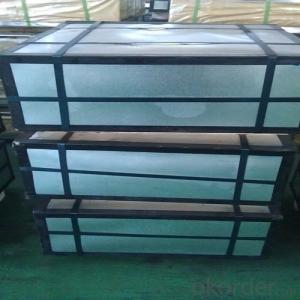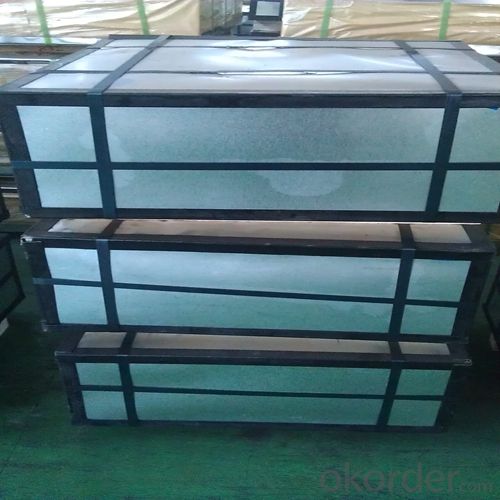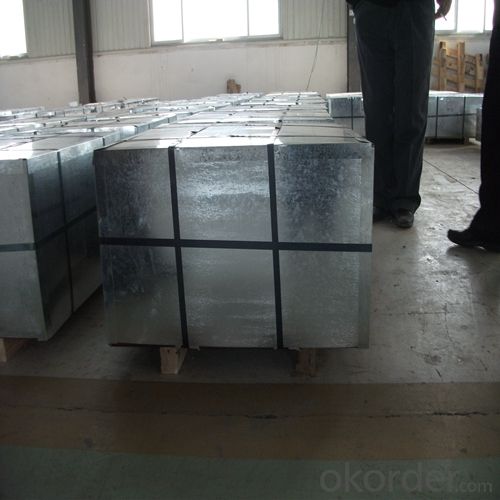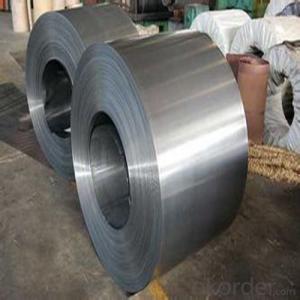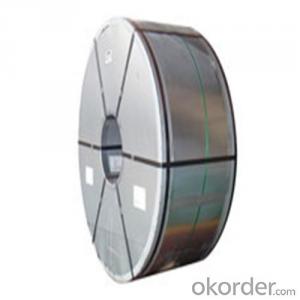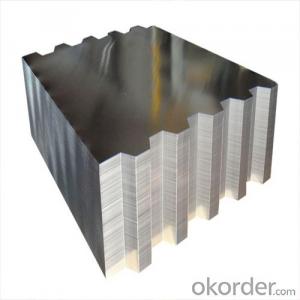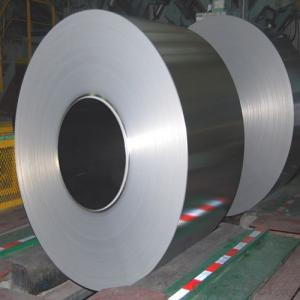Electrolytic Tinplate Sheets or Coils for Industrial Package 0.33mm
- Loading Port:
- Shanghai
- Payment Terms:
- TT OR LC
- Min Order Qty:
- 25 m.t.
- Supply Capability:
- 12000 m.t./month
OKorder Service Pledge
OKorder Financial Service
You Might Also Like
Electrolytic Tinplate
The origin of tinplate is from Bohemian, from 14th century, the people there began to produce tinplate. Also known as electrolytic tinplate, which stand for tin coating on the surface of cold rolled coil for preventing rust. The unique characteristics of tinplate steel decides its comprehensive range of application in international tinplate packaging industry. With the abundance extend of CC and DR steel material, and tin free steel, which enhance the development of technology of packaging industrialization, the innovation is ubiquitous in tinplate steel.
The feature of anti-oxidation, various kinds and beauty in printing enable tinplate enjoys widely usage in food can package, pharmaceutical package, daily application packing, apparatus package and industrial pack.
From the first food can to be produced in the year of 1810 in British, the development trend of tinplate has become thinner thickness and less tin coating to adjust the change of can industry and save cost.
Specification of Electrolytic Tinplate Sheets or Coils for Industrial Package 0.33mm:
Standard: ISO 11949 -1995
Material: SPCC
Thickness:0.33mm
Width: 685mm
Temper: T3
Annealing: BA
Coil Inner Diameter: 508mm
Weight: 6-10 tons/coil 1~1.7 tons/sheets bundle
Passivation:311
Oil: DOS
Surface Finish: silver

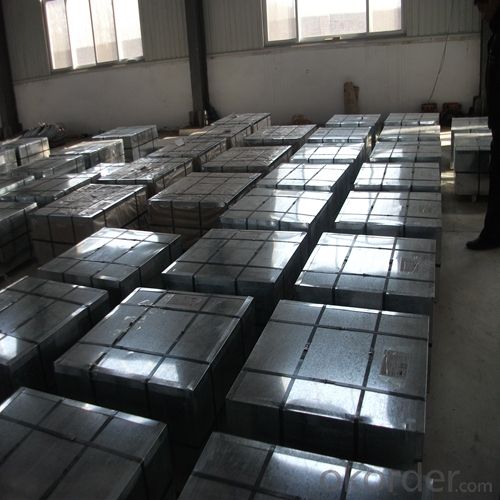
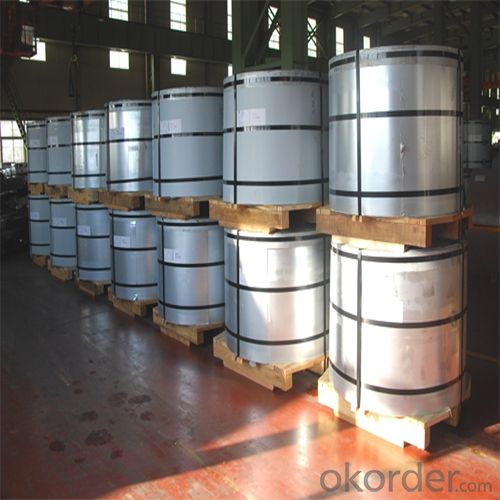
Frequently Asked Questions:
- What is the delivery time for your prime quality tinplate?
Usually 45 days after order confirmation for MR steel, and 35 days for SPCC.
- Do you also offer secondary quality stock tinplate?
Yes, we also offer secondary quality stock tinplate especially for industrial use.
- Can you offer some details about your package?
For sheets: plastic or waterproof paper, metallic cover and angles, steel strips,wooden pallet.
For Coils: plastic or waterproof paper,plastic protect plate,steel strips.
- Which port do you ship from?
We can ship from any China main port, but mostly Shanghai.
- What is the payment term?
The most common we use is L/C at sight or TT. We can also try use other terms.
- Q: What are the typical dimensions of tinplate sheets?
- The typical dimensions of tinplate sheets can vary, but they are commonly available in sizes of 2.5 feet by 3.5 feet or 4 feet by 8 feet.
- Q: What are the advantages of using tinplate for jewelry?
- There are several advantages of using tinplate for jewelry. Firstly, tinplate is highly durable and resistant to corrosion, making it ideal for long-lasting jewelry pieces. Secondly, tinplate is lightweight, making it comfortable to wear for extended periods. Additionally, tinplate is easy to mold and shape into various intricate designs, allowing for unique and creative jewelry pieces. Lastly, tinplate is an affordable material, making it a cost-effective option for both manufacturers and consumers.
- Q: How does tinplate perform in terms of lightness and portability?
- Tinplate performs well in terms of lightness and portability. It is a lightweight material that is easy to carry and transport, making it convenient for various applications.
- Q: Can tinplate be used for paint cans?
- Yes, tinplate can be used for paint cans. Tinplate is a commonly used material for manufacturing paint cans due to its durability, corrosion resistance, and ability to preserve the quality of the paint inside. It also provides a smooth surface for labeling and branding purposes.
- Q: How does tinplate packaging contribute to product shelf life?
- Tinplate packaging contributes to product shelf life by providing a protective barrier against moisture, light, and oxygen, which helps to prevent spoilage, oxidation, and degradation of the product. This type of packaging also enhances product stability, preserves freshness, and extends the overall shelf life, ensuring that the product maintains its quality and integrity for a longer period of time.
- Q: How is tin coating applied to the steel substrate?
- Tin coating is applied to the steel substrate through a process called electroplating. In this process, the steel substrate is immersed in an electrolyte solution containing tin ions. An electric current is then passed through the solution, causing the tin ions to be attracted to and deposit onto the steel surface, forming a thin layer of tin coating.
- Q: Can tinplate be used for packaging products with specific storage requirements?
- Yes, tinplate can be used for packaging products with specific storage requirements. Tinplate is known for its excellent protective properties, including resistance to moisture, oxygen, and light, which makes it suitable for preserving the quality and freshness of various products. Additionally, tinplate is highly durable and can withstand temperature variations, making it ideal for packaging products with specific storage needs.
- Q: What are the main trends in tinplate packaging design?
- The main trends in tinplate packaging design include minimalistic and clean designs, eco-friendly and sustainable packaging solutions, innovative and functional packaging designs, and the use of vibrant colors and bold graphics to attract consumers' attention.
- Q: What is the thickness range of tinplate?
- The thickness range of tinplate typically varies between 0.13mm to 0.49mm.
- Q: How does tinplate impact the ease of opening and closing packaging?
- Tinplate, due to its durability and flexibility, positively impacts the ease of opening and closing packaging. It provides a sturdy and secure enclosure, ensuring that the package remains intact during transportation and storage. Additionally, tinplate's smooth surface allows for effortless opening and closing, making it convenient for consumers to access the contents of the packaging.
Send your message to us
Electrolytic Tinplate Sheets or Coils for Industrial Package 0.33mm
- Loading Port:
- Shanghai
- Payment Terms:
- TT OR LC
- Min Order Qty:
- 25 m.t.
- Supply Capability:
- 12000 m.t./month
OKorder Service Pledge
OKorder Financial Service
Similar products
Hot products
Hot Searches
Related keywords
